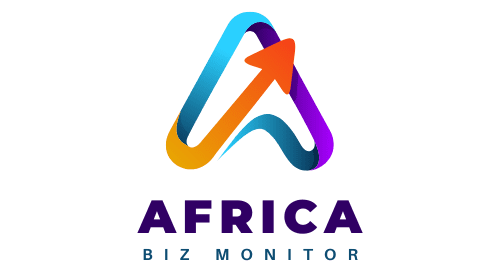
Introduction
In 2025, youth-led protests in Morocco captured global attention, highlighting the aspirations of young Moroccans for fair opportunities, meaningful work, and social inclusion. Starting in Rabat, demonstrations quickly spread to cities like Casablanca, Tangier, and Marrakesh, reflecting a generation eager to participate in the nation’s growth. These protests represent more than unrest—they are a call for dialogue, inclusion, and actionable reforms.
The Drivers Behind the Movement
Rising living costs, high youth unemployment exceeding 30%, and limited access to opportunities fueled the protests. Despite strong macroeconomic growth and progress in tourism and infrastructure, many young citizens feel excluded from the benefits. Morocco’s youth, digitally connected and globally aware, are demanding equitable access to jobs, education, and civic participation.
Economic Growth and Social Inclusion
Morocco’s economy continues to attract international investors with its renewable energy projects, industrial diversification, and tourism. However, the protests emphasize the need for policies that translate economic growth into tangible opportunities for all citizens. By aligning growth with inclusive development, Morocco can empower youth while strengthening long-term stability.
Government Response and Engagement
The Moroccan government has emphasized dialogue and peaceful engagement, highlighting commitments to job creation, education reform, and stronger social safety nets. Prime Minister Aziz Akhannouch’s administration is actively promoting youth employment programs and vocational training, showing a proactive approach to addressing the needs of young citizens.
Youth Aspirations and Civic Participation
Morocco’s youth, representing over a third of the population, are educated, globally aware, and eager to shape the nation’s future. The protests reflect a generational drive for inclusion and civic engagement. Young Moroccans are no longer passive observers—they are active participants advocating for fair opportunities and a stronger social contract.
The Path Forward
Strategic measures to convert protest energy into positive reforms include:
- Expanding youth employment programs focused on entrepreneurship and the digital economy.
- Reforming education to align with market needs and innovation-driven sectors.
- Boosting rural development to bridge urban-rural gaps.
- Encouraging local dialogue forums for direct youth engagement.
- Strengthening transparency and accountability in governance.
Regional and Global Implications
The world is observing Morocco’s response, recognizing the potential for this youth movement to set an example for North Africa. Morocco’s experience demonstrates that economic growth paired with youth engagement and social inclusion can enhance stability and regional development.
Conclusion
The Morocco youth protests of 2025 highlight the power of young voices in shaping a nation’s future. By embracing dialogue, creating opportunities, and promoting inclusivity, Morocco can harness this energy to build a stronger, more united society. The future lies in listening to youth and translating their aspirations into meaningful change.
FAQs
- What triggered Morocco youth protests in 2025?
Rising unemployment, living costs, and frustration with inequality sparked the movement. - Which cities were most affected?
Rabat, Casablanca, Tangier, and Marrakesh saw the largest demonstrations. - What actions has the government taken?
Officials have promoted dialogue, job programs, and education reforms. - How is youth unemployment being addressed?
Initiatives include vocational training, entrepreneurship support, and digital economy programs. - What is the long-term impact of these protests?
Increased youth engagement could lead to more inclusive governance and economic development.
